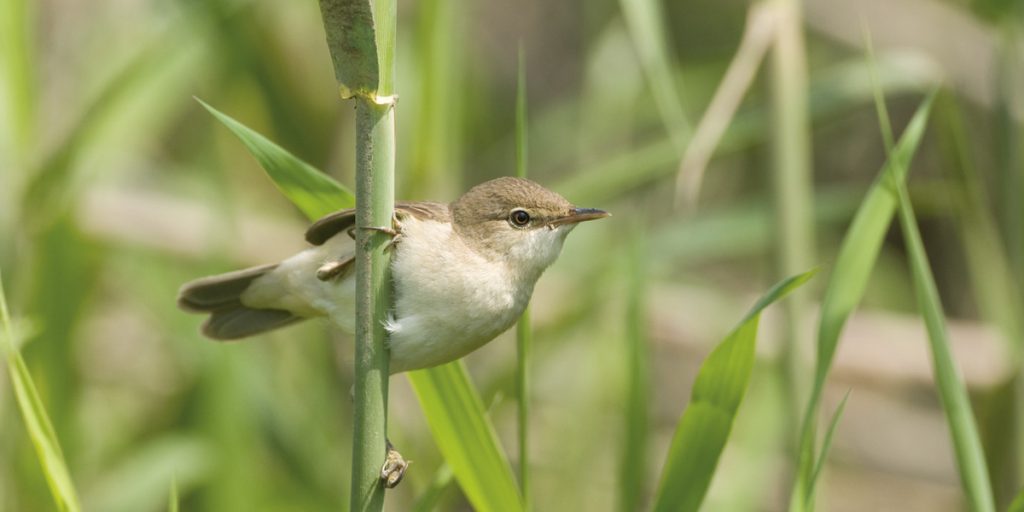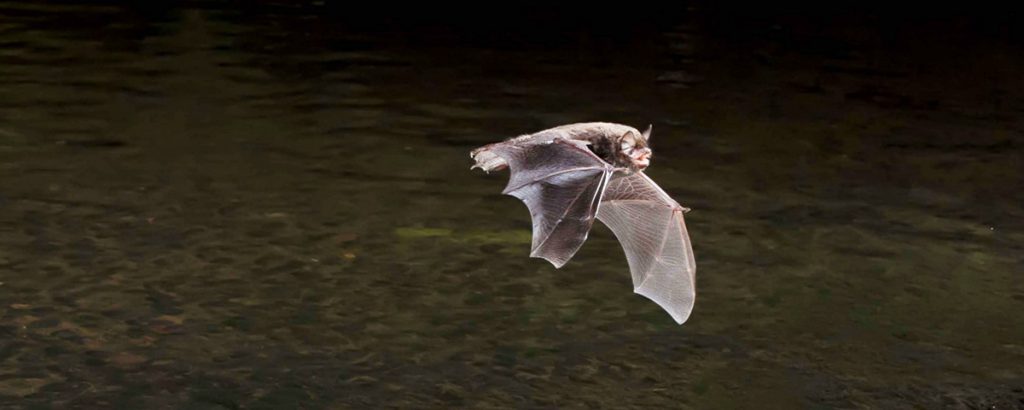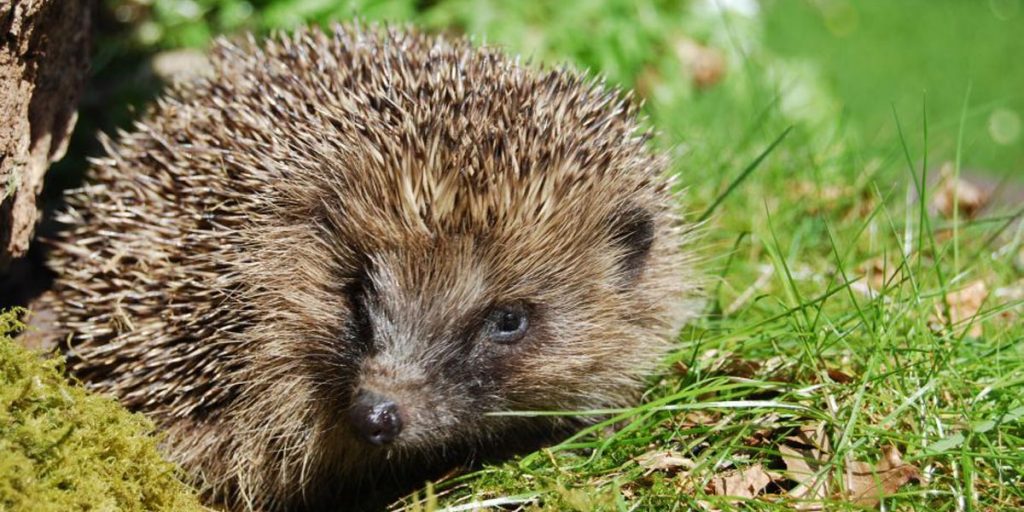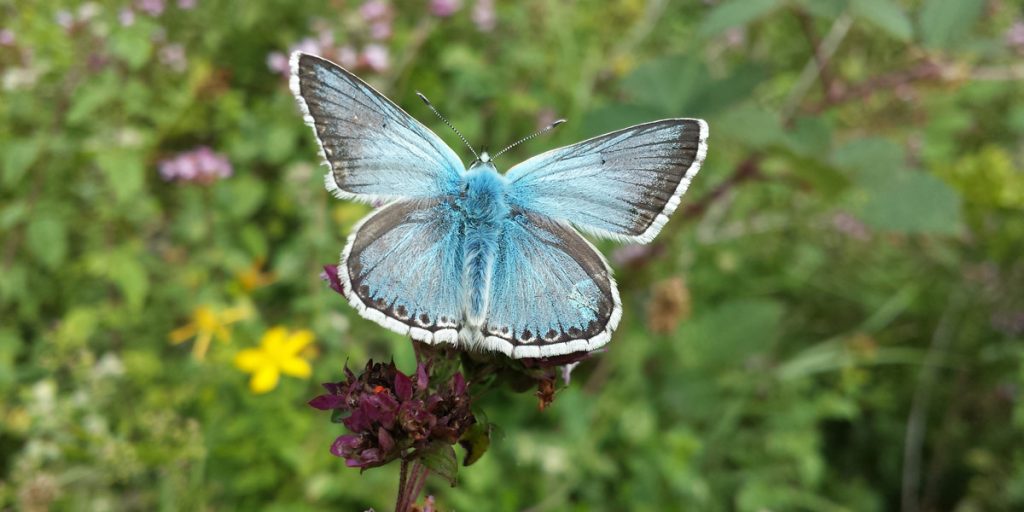
Biodiverse ecosystems are healthy, resilient, adaptable and underpin our lives. We are facing serious biodiversity loss and ecosystem collapse. Lets make more spaces for nature in Lewes, and join them together.
Heart of Reeds / Railwayland
Key species: Reed Warbler
From April to August the ‘Heart of Reeds’ at Lewes Railway Land come alive with the chatter of secretive brown birds. Reed Warblers fly back to Lewes each spring from their wintering grounds in sub-Saharan Africa.
The Reed Warbler’s song is a loud, repetitive stuttering chatter of jumbled phrases. In August, after raising their families, the warblers will gorge themselves with aphids and, with a fat belly full of fuel, take off from Lewes over Iberia, North Africa and the wide Sahara to Ghana; a 3000 mile journey. All of our migrant birds face challenges as suitable feeding areas along their migratory route are being lost through climate change. It’s important that healthy habitats such as this reedbed are waiting for them when they return each year.

The Pells
Key species: Daubenton’s Bat
The Pells pond may be home to ducks by day but at night it is a battlefield of deafening cries as Daubenton’s Bats swoop and swirl just above the surface of the water as they hunt their insect prey. This acrobatic anarchy goes unnoticed by us humans. Our hearing is limited and when it comes to night vision we’re as blind as, well, anything but a bat. Bats have good vision but it certainly isn’t their best sense. Like all British bats the Daubenton’s Bat uses echolocation and tracks down small insects flying over the water surface. Modern houses and renovations have denied bats the nooks and crannies that they use for their homes. Installing bat boxes on your house can be one way of assisting these amazing mammals.

Baxter’s Field / The Paddock
Key species: Hedgehog
The Hedgehog, such an iconic animal, is becoming a rarer and rarer sight in England. There were an estimated 30 million of them snuffling about in the 1950s. By the 1990s a survey estimated that only 2 million were left. A more recent study suggests that we can now half this number again. Some researchers even believe the British hedgehog will be extinct by 2025. There are many reasons for this prickly Armageddon. Pesticide use has left them with less slugs, snails, beetles and other bugs to eat. Changes in farming practice means that there are simply less hedges to hog. Our own urges to tidy up and fence off our gardens don’t help our spiky friends either. Consider leaving a corner of your garden to grow a bit wilder to provide them with food and a home. How about cutting a small hole in that fence to help them wander? Baxter’s Field and The Paddock remain a refuge for the Hedgehogs of Lewes and let’s hope they will continue to thrive here.

Landport Bottom
Key species: Chalk Hill Blue
In summer the chalk grassland of Landport Bottom comes alive with butterflies. Chalk Hill Blues can be seen here in July and August. Sheep grazing is essential to many downland insects and plants as it ensures the correct habitat is maintained for this rare species. At one point all the Downs around Lewes would have been grazed and flower-rich downland would have dominated however through changes in farming practices, housing development and neglect much of this habitat has been lost. Only 3% of the original chalk grassland area across the South Downs still remains. Without the grazing management this fantastic downland habitat would disappear altogether and the beautiful Chalk Hill Blue and many other species would disappear with it.

